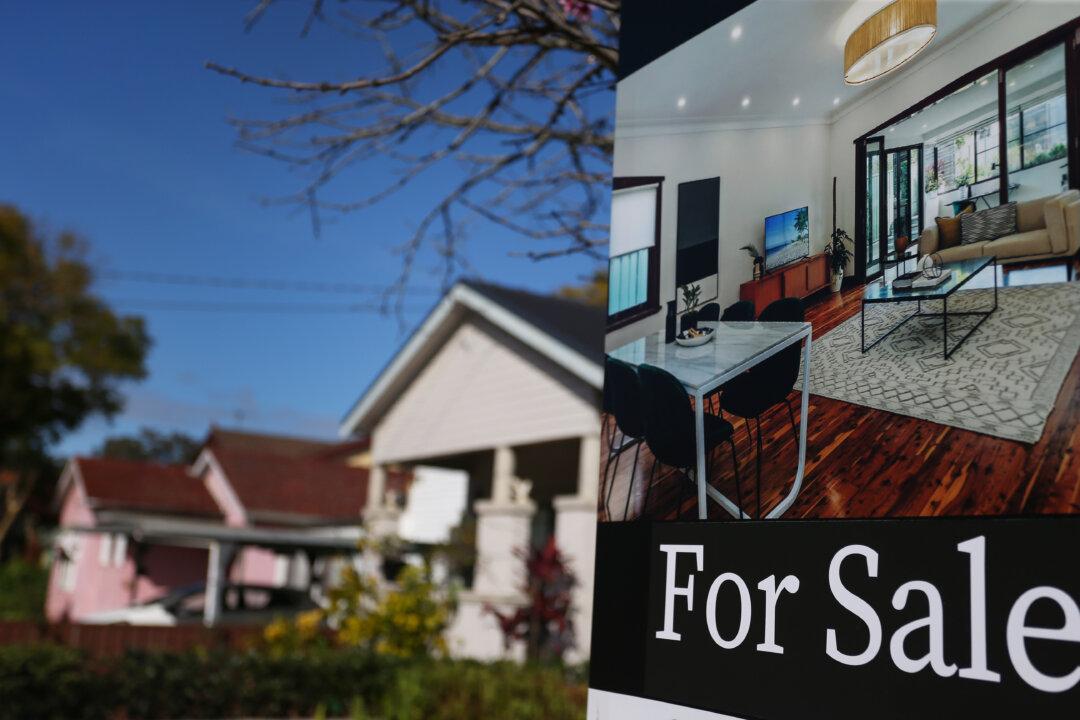The pace of falling house values saw signs of slowing in February, underpinned by low levels of advertised stock, but experts say it is still too early to declare the downturn over.
Property researcher CoreLogic reported that its home value index saw the smallest monthly fall in February since rates began rising in May 2022.





